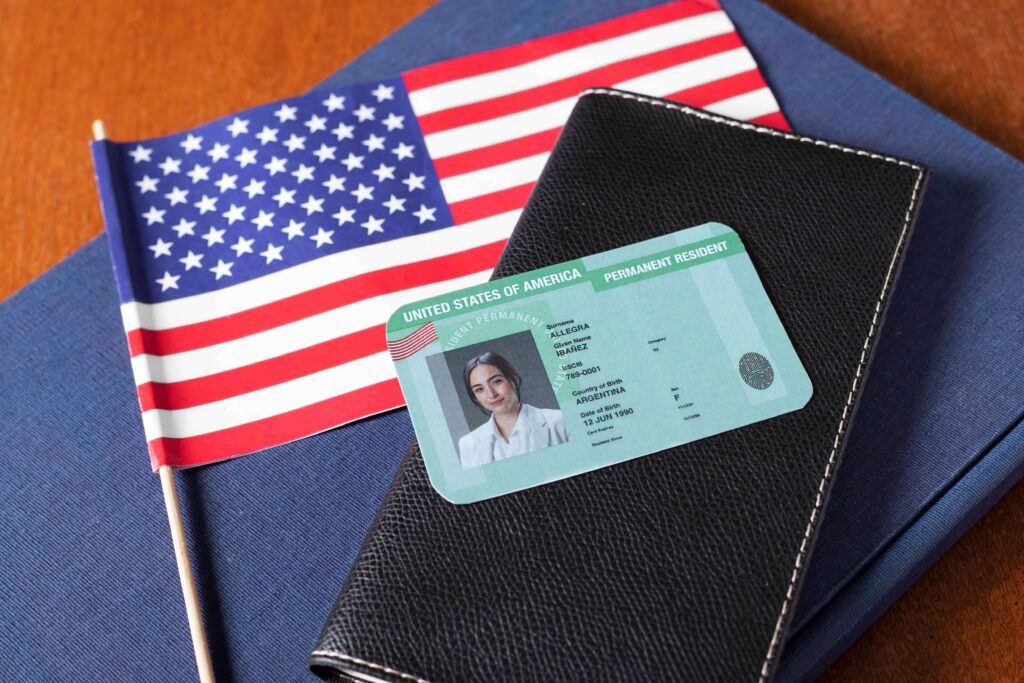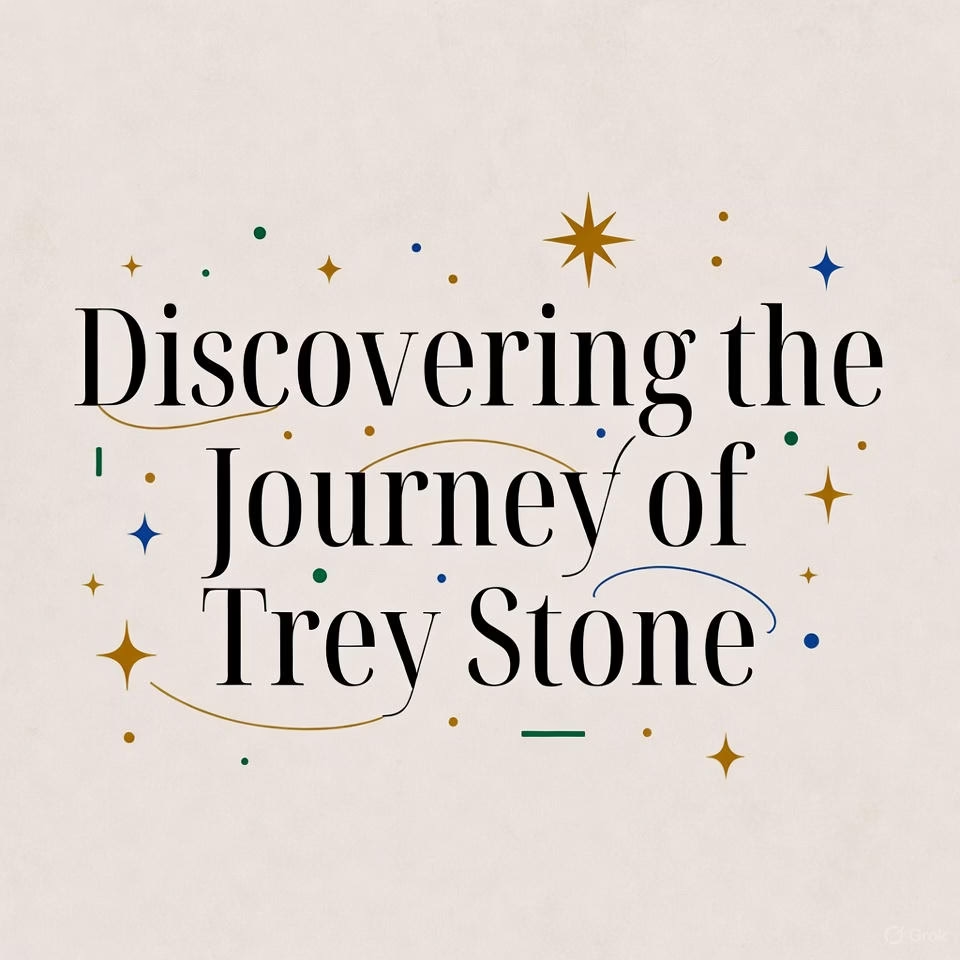For many ambitious individuals, the green card America pathway can seem like a distant dream. This is especially true for those in the early stages of their careers. The EB-1A visa category, however, is a game-changer for high-achieving professionals who can demonstrate extraordinary ability in their field. Contrary to popular belief, you don’t have to be a Nobel Prize laureate or have decades of experience to qualify. With the right strategy, evidence, and guidance, early-career professionals can position themselves for EB-1A success.
As an EB-1A Green Card Consultancy, we’ve seen firsthand how even young professionals can meet USCIS criteria when they approach the process with precision and planning. Here we have presented a clear and succinct roadmap to convince early-career professionals that EB-1A is not a distant dream.
A roadmap for early-career professionals to find success in the EB-1A pathway
Step 1: Understand what USCIS looks for
The EB-1A category is built around the concept of “extraordinary ability.” USCIS assesses this by looking at nationally or internationally recognized achievements, major awards, significant contributions, publications, and leadership roles. We strongly recommend that you regularly check the official website of USCIS for criteria, updates, and other major news. It is better to gain insights directly from USCIS than from any other unreliable websites.
You don’t need to meet all ten listed criteria, but you must satisfy at least three with strong, verifiable evidence. Early-career professionals can start by:
- Publishing articles or research papers.
- Securing speaking opportunities at conferences.
- Receiving awards or honors in their field.
The most important and unspoken criterion in EB-1A is real-world impact. If your achievements cause a positive impact in your field, and your solutions are adopted by the stakeholders in your field, it could be a big green flag announcing your extraordinary abilities.
Step 2: Build a portfolio of impact
One of the most common misconceptions is that impact is measured solely by years of experience. In reality, USCIS is more interested in quality and significance over quantity.
As a young professional, you can:
- Collaborate on projects that gain media coverage.
- Innovate within your role to create measurable change.
- Volunteer expertise in professional organizations.
By documenting these efforts with articles, testimonials, and third-party recognition, you can build a strong narrative for your EB-1A petition. So, this is our second bit of advice. Document all your worldly success with real, tangible, and authoritative evidence.
Step 3: Leverage mentorship and networking
Networking has a hidden and unsaid role: it can assist you in gathering evidence. Letters of recommendation from established leaders in your field can strengthen your petition significantly. The right network can help ease your patenting journey. They can also spread the word about your real-world success.
Step 4: Avoid common pitfalls
Many early-career professionals stumble because they:
- Submit irrelevant or weak evidence.
- Fail to link achievements to a broader industry impact.
- Underestimate the importance of a cohesive petition narrative.
A seasoned EB-1A Green Card Consultancy can help avoid these traps by crafting a logical, persuasive case backed by organized documentation.
Step 5: Consider the timing strategically
The EB-1A allows for self-petitioning, meaning you can apply without a U.S. employer sponsor. That flexibility can be powerful for early achievers, but timing also plays a tricky role here.
- Apply when you have achieved a few notable milestones that clearly align with USCIS criteria.
- Don’t rush the process; it is better to strengthen your portfolio for a few months than risk a weak application.
All in all, we will strongly advise that you don’t rush the process and instead choose to take it slow.
Step 6: Use professional guidance to your advantage
The EB-1A process is complex and legally intricate. Missteps in documentation or presentation can result in costly delays or denials. On the other hand, partnering with professionals who specialize in visa consultancy services ensures your case is reviewed through the lens of current USCIS adjudication trends.
Consultancies like these can offer:
- Evidence evaluation and gap analysis.
- Strategic advice on building credentials.
- Drafting and organizing petition materials to meet the exacting standards of immigration officers.
Often, professional mentorship can help you spot pitfalls and errors in your petition that you yourself can miss. However, before getting on board, discuss with them freely about your goal, your specialisations, and all your achievements.
Step 7: Think long-term beyond approval
Your EB-1A success is much more than securing a green card in America; it is about setting the stage for a thriving career in the United States. Post-approval, you will want to leverage your extraordinary ability status for:
- High-impact job roles.
- Research or entrepreneurial ventures.
- Continuing contributions that expand your industry influence.
Your green card approval should be the beginning of your most productive journey yet.
The bottom line
The EB-1A pathway is not limited to the most famous names in academia or business. For early-career professionals, it remains a strategic opportunity to accelerate both career growth and immigration goals.
We will strongly suggest that you think long-term to pave your way towards EB-1A success. Don’t just check boxes, but invest in yourself. Make your real-world success speak with clear and tangible evidence. Create ripples in your community and make your positive impact felt within your field.
If your work has already begun to make waves, whether through innovation, leadership, or thought leadership, it may be time to explore whether the EB-1A could be your bridge to green card America. Don’t let your career stage hold you back; with the right roadmap, your extraordinary ability could be your ticket to a new chapter.






